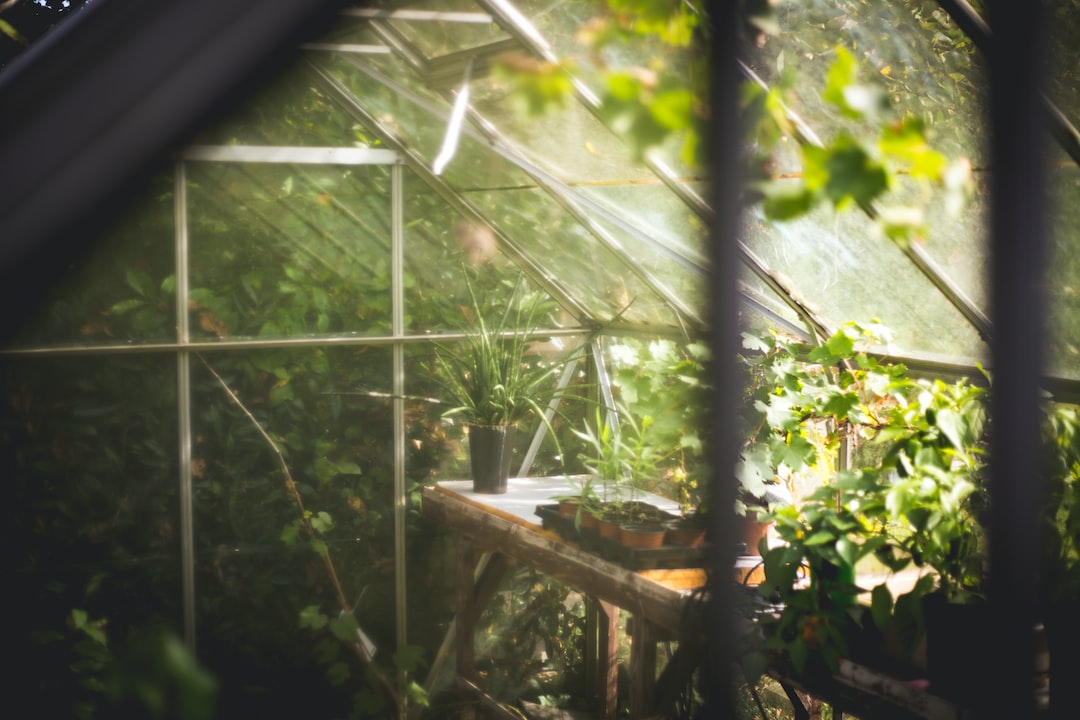Tips for Creating a Bee-Friendly Garden
Bees are crucial for the health of our planet and the survival of many plant species. As pollinators, they play a vital role in the reproduction of flowers, fruits, and vegetables. Unfortunately, bee populations around the world are declining due to habitat loss, pesticide use, and climate change. By creating a bee-friendly garden, you can make a positive impact by providing a safe haven for these important creatures. Here are some tips to help you create a bee-friendly garden.
1. Choose Native Plants:
Selecting native plants is key to attracting and supporting local bee populations. Native plants have co-evolved with local bees and are well-adapted to their needs. Research which flowers, shrubs, and trees are native to your region and incorporate them into your garden. Examples of native plants that attract bees include lavender, sunflowers, black-eyed susans, and wild geranium. Plant a variety of species to provide a continuous source of nectar and pollen throughout the growing season.
2. Plant a Variety of Colors:
Bees are attracted to a wide range of colors, including blues, purples, yellows, and whites. Incorporate a diverse palette of flowering plants in your garden to attract different species of bees. This will also add aesthetic appeal to your outdoor space, creating a vibrant and visually appealing garden.
3. Create a Water Source:
Bees need access to fresh water, especially during hot and dry weather conditions. Create a water source in your garden by placing a shallow dish filled with clean water and some rocks for the bees to rest on. Ensure that the water is not too deep to prevent drowning. Regularly change the water to keep it clean and prevent mosquitos from breeding.
4. Avoid Pesticides:
Pesticides, even those labeled as “bee-friendly,” can be harmful to bees. Avoid using chemical pesticides in your garden and instead opt for organic and natural pest control methods. For example, encourage natural predators like ladybugs, lacewings, and birds to control pest populations. Use companion planting techniques to deter pests, such as planting marigolds to repel aphids. By avoiding pesticides, you are protecting the health and well-being of not only bees but also other beneficial insects.
5. Provide Shelter:
Provide nesting sites and shelter for bees in your garden. Some species of bees, like bumblebees, nest in the ground, while others, like solitary bees, nest in hollow plant stems or holes in trees. You can create nesting sites by leaving some areas of bare soil, providing a bee hotel made of bamboo or drilled wood, or leaving hollow plant stems in your garden. By providing adequate shelter, you are ensuring that bees have a safe place to rest and reproduce.
6. Maintain Blooming Periods:
To support bees throughout the entire growing season, plan your garden with a variety of plants that bloom at different times. Bees need a consistent supply of nectar and pollen, so having flowers that bloom from early spring to late fall is ideal. Research the flowering periods of different plants and create a garden layout that ensures a continuous source of food for bees.
7. Avoid Hybrid Flowers:
Hybrid flowers often have showy petals and elaborate shapes, which can make it challenging for bees to access the nectar and pollen. Instead, choose single-flowered varieties that provide easy access to the reward. Look for flowers with open centers and simple petal structures that allow bees to land, gather nectar, and carry pollen.
By implementing these tips, you can transform your garden into a haven for bees and other pollinators, contributing to the conservation of these essential creatures. Encourage others to create bee-friendly gardens and spread awareness about the importance of bees in our ecosystems. Small actions like these can make a significant difference in ensuring the survival of bee populations and the health of our planet.

